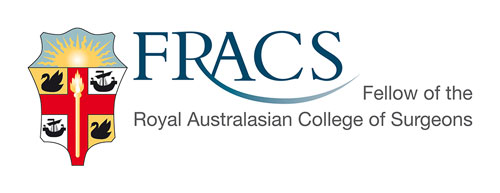EXCISION of GANGLION
Most common soft tissue lump in the hand. More common in women(3:1) Usually in young adults. Rarely in children. Mucous cysts in distal interphalangeal(DIP) joint - in older patients with associated joint osteoarthritis
Common sites: Around wrist - dorsal(from scapholunate joint), ventral(from radioscaphoid or scaphotrapezial joint), over tendon sheaths(flexor), over DIP joint. Rarely within the bones - scaphoid and lunate. Occasionall small painful ganglion can develop along the flexor tendon - "pearl ganglion"
Possible causes: 1. Degeneration of connective tissue - cystic space formation. Mesenchymal cells or fibroblasts then produce the mucin. 2. Damage to wrist joint - synovial fluid and cells leak out - form pseudocyst. Fibrocytes & collagen fibre make up the wall(pseudocyst as no epithelial lining). Fluid within is mainly hyaluronic acid plus other mucopolysaccarides(transparent and viscous)
(Compound palmar ganglion - is not a true ganglion, from tuberculous flexor synovitis at the wrist)
Complications on ganglions: 1. Compression on nerve - eg median nerve in carpal tunnel, ulnar nerve in canal of Guyon 2. Mucous cyst on DIP joint can compress and thin out the overlying skin leading to skin rupture. Also pressure effect on germinal matrix causing nail deformity 3. Pain - usually from associated osteoarthritis or interosseous cyst
Surgery
Can be done under local anaesthesia.
Ganglions over the radial artery should be excised in theatre with tourniquet on
Care taken to excise the whole ganglion cyst. Nerves, veins, tendons and arteries are carefully avoided.
Dissolvable sutures usually used to close the skin in theatre
With mucous cysts - if there are associated osteophytes(bony outgrowths from the joint), these can be resected too.
Risks of surgery:
1. Bleeding eg from the radial artery and its branches
2. Recurrence
3. Infection
4. Pain(note : if you already have significant pain before the surgery, this may be due to other joint pathology and not from the ganglion; this may persist after the surgery)
5. Nerve damage - numbness, weakness
6. Decreased range of motion and ligament instability
7. Scarring, keloid
Other options to surgery:
1. Bursting it by manual compression - A famous surgical textbook describes hitting the ganglion with the Bible! (not medically recommended!)
2. Aspiration +- injection with corticosteroids(some assert this is not beneficial. Also risk of thinning the skin in a volar ganglion)
3. Cyst puncture - leaving suture through skin for 3 weeks(increased risk of infection)
POSTOP CARE
Avoid excessive movement of the underlying joint where the ganglion has been excised from. Leave the bandage on 3 to 7 days(the longer, the better to reduce the risk of recurrence)Pain-killers - Paracetamol and NSAIDs as required
Dressings - Dissolving sutures is usually used on the wound. Sometimes adhesive strips(Steristrips) are placed across the wound for additional closure strength. A waterproof dressing is usually placed over the top of the wound. This should be left in place for 1-2 weeks. The Steristrips can be removed another week later.
BACK TO WORK
This varies from person to person. Most patients usually return to work in 1-2 days.

